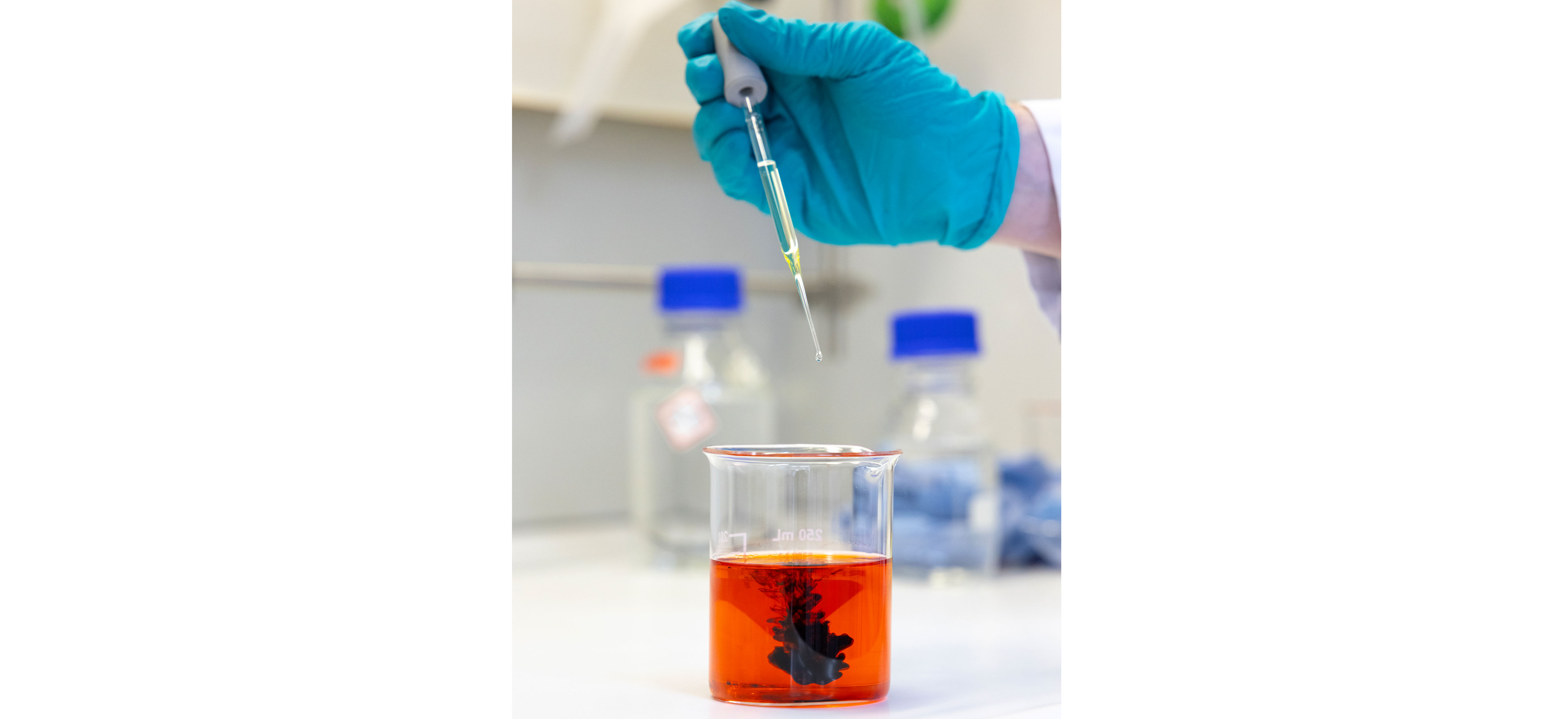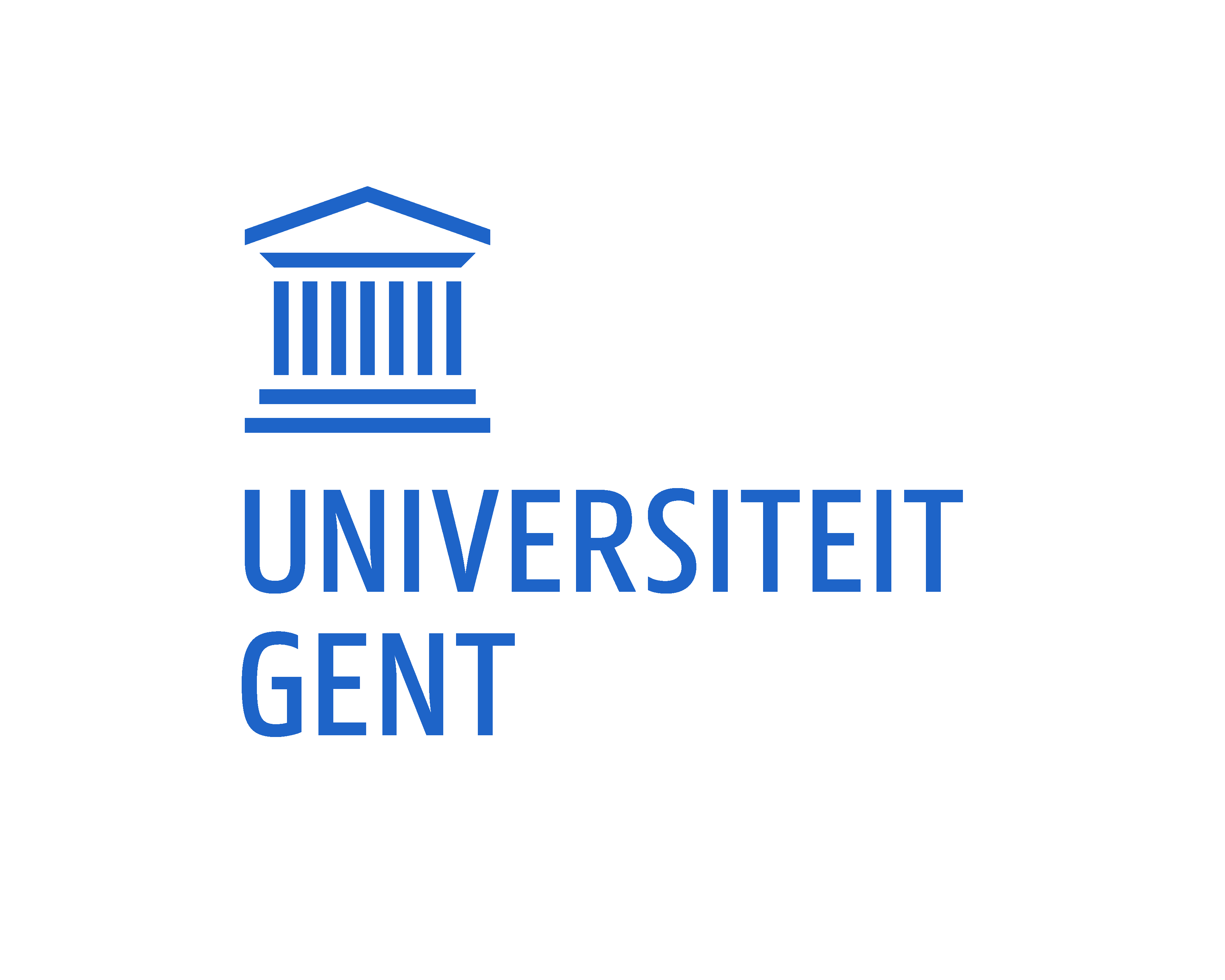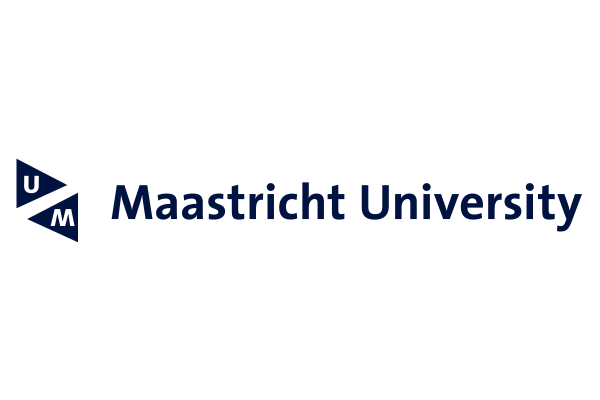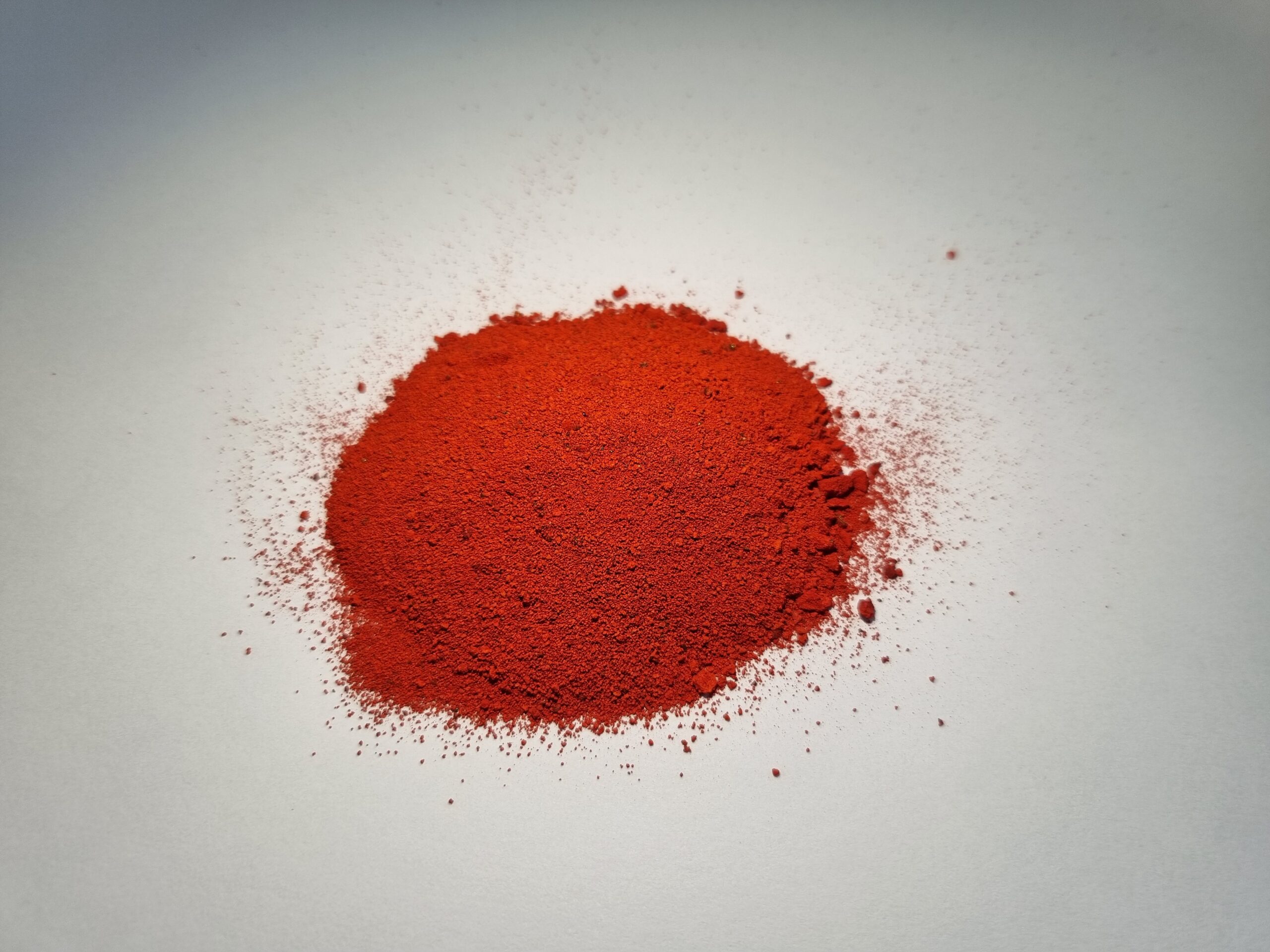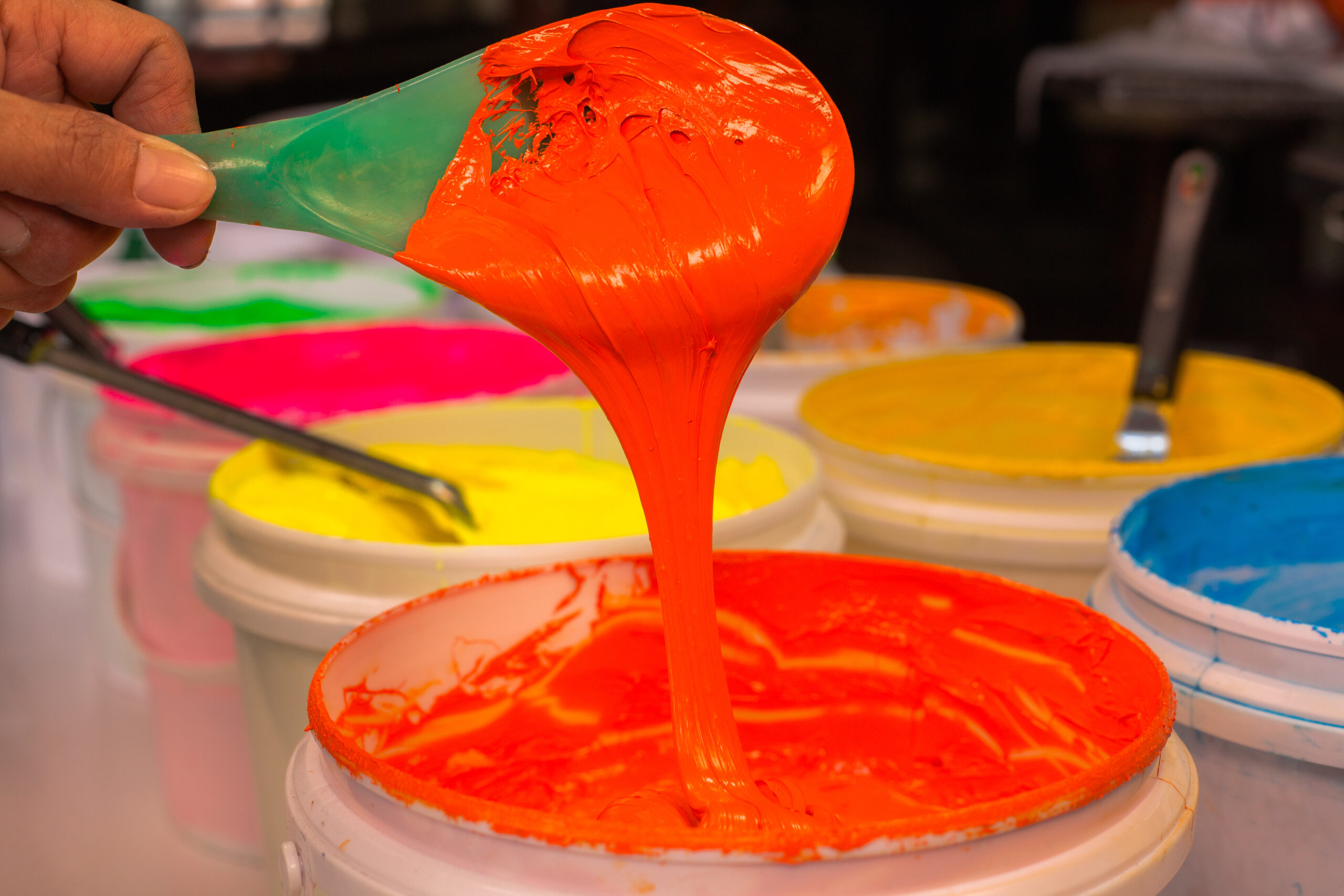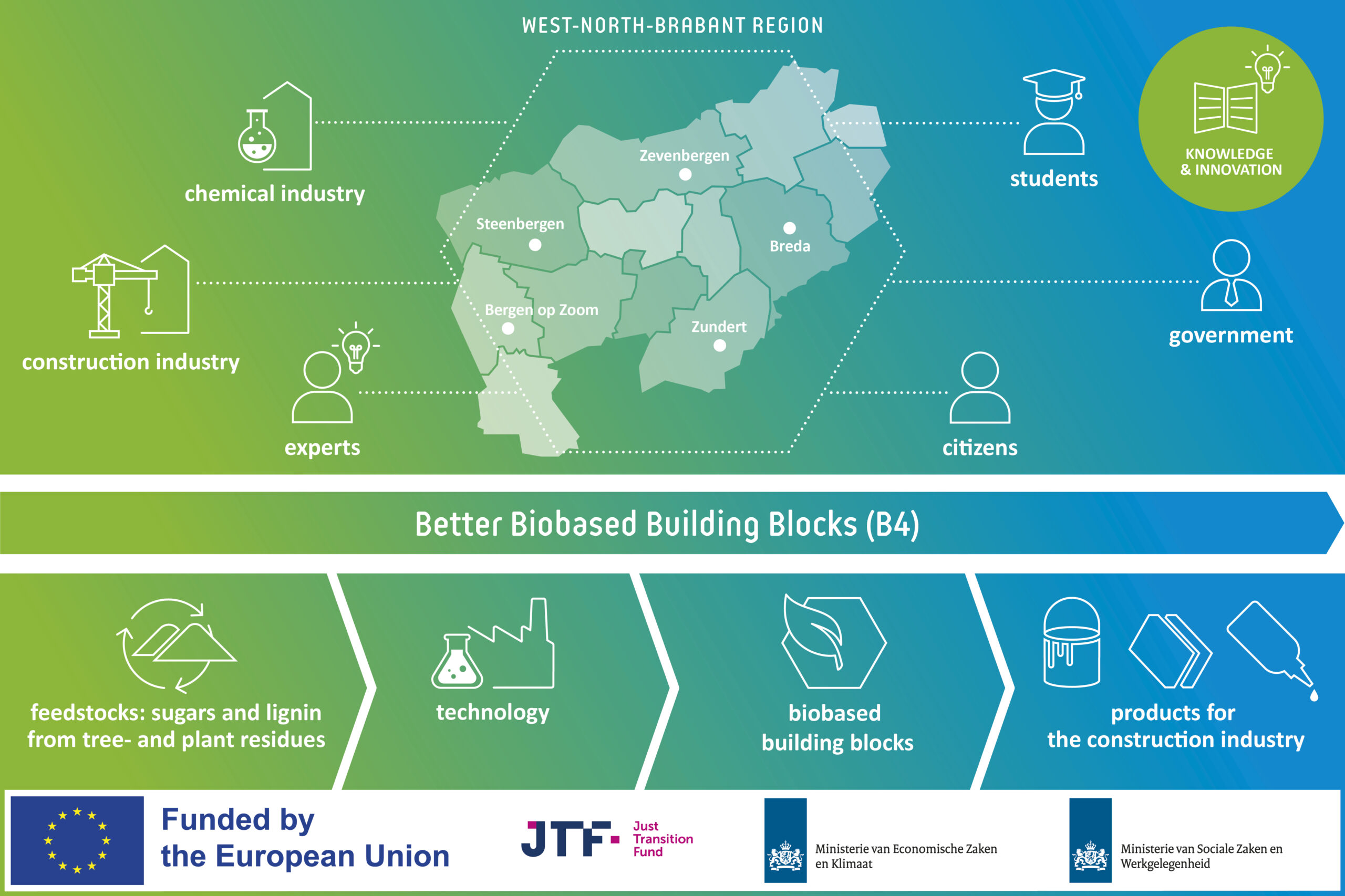From synthetic to biobased: colorants for a circular economy
To make biobased colorants widely applicable, companies and knowledge institutions within BioColEol collaborate on technological solutions and circular strategies. The project focuses on natural colorants such as curcumin, pelargonidin, purpurin, and alizarin, which are applied in biopolymers. By improving color stability and developing methods for mechanical recycling, decolorization, and biodegradation, BioColEol aims to enhance the sustainability of products at the end of their life cycle.
The project builds on previous results from the Interreg project CurCol and is carried out by Centexbel, Ghent University, Maastricht University, and MNEXT, with support from Interreg. Together, the partners combine their expertise in materials, biopolymers, and recycling to develop innovative solutions that are also practically applicable in the market.
Knowledge sharing and practice-oriented innovation at the core
BioColEol provides companies with concrete tools and examples to integrate sustainable innovations:
-
Demonstrations and case studies of biobased colorants in textiles and packaging
-
Comparisons between biobased and synthetic colorants regarding environmental and health impacts
-
Knowledge transfer on chemical modification and stabilization of natural colorants
Towards a circular textile and packaging industry
By replacing synthetic colorants and promoting circular processing, BioColEol contributes to an industry that is less dependent on fossil resources and better prepared for stricter environmental regulations and consumer demand for sustainability. The project also stimulates the market for biopolymers and strengthens the involvement of SMEs in the transition to a circular economy.
With BioColEol, we take a step together towards a future where textiles and packaging are not only functional and colorful but also sustainable.
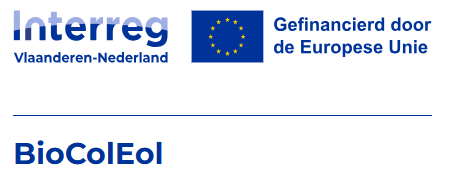
April 2025 until March 2028




